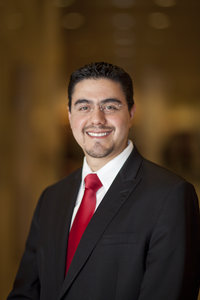Author Interviews, Environmental Risks, Thyroid / 27.10.2023
Mt. Sinai Study Finds PFAS Chemicals May Be Associated with Increased Risk of Thyroid Cancer
MedicalResearch.com Interview with:
Maaike van Gerwen, MD, PhD
Assistant Professor
Department of Otolaryngology- Head and Neck Surgery
Institute for Translational Epidemiolog
Director of Research
Department of Otolaryngology- Head and Neck Surgery
Icahn School of Medicine at Mount Sinai
MedicalResearch.com: What is the background for this study? Where are these PFAS chemicals found?
Response: Over the past decades, we have seen an increasing trend in thyroid cancer which cannot be fully explained by increased use of medical imaging (including ultrasound). Certain environmental exposure are known to impact on the thyroid gland, including thyroid dysfunction or development of cancer. PFAS are chemicals that are known to disrupt the function of endocrine organs, such as the thyroid gland. We therefore hypothesized that PFAS exposure may be one of the potential risk factors for thyroid cancer and thus one of the potential reason for the increasing thyroid cancer incidence.
PFAS chemicals are widespread in the environment and have been found in the soil, water, and air. PFAS are also widely used in a variety of consumer products including non-stick cookware, stain resisting fabric, firefighting foams, but are also found in drinking water and food. This leads to an almost universal exposure of the general population.
(more…)








